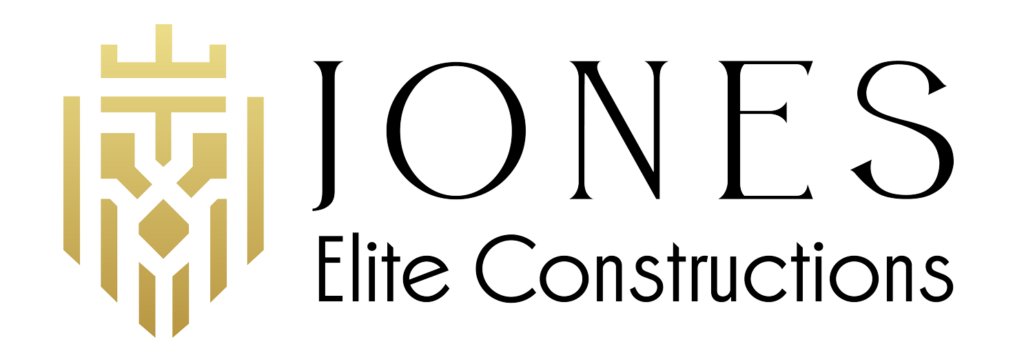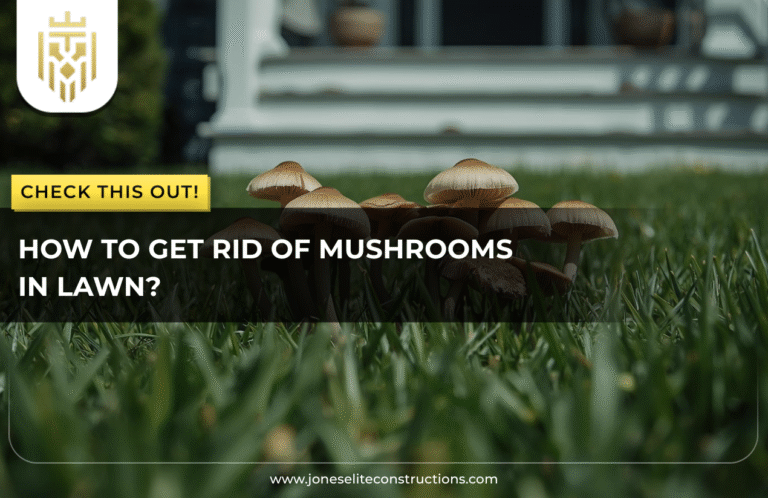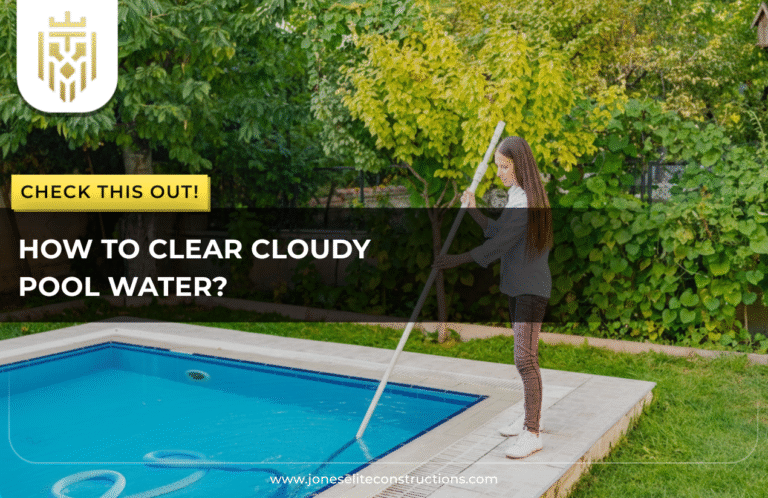Different Types of Paint
When choosing paint for your home or project, knowing about the different paint types is very important. Each kind serves a different purpose and functions differently for a specific surface, location, or finish required. Let us have a short list giving a few of the mostly applied types of paint in residential and commercial applications.
Latex Paint (Water-Based Paint)
Latex paint, also known as water-based paint, is one of the most commonly used paints today.
-
Pros of Latex Paint (Water-Based Paint)
It has fast-drying properties, is low in odour, and can easily be cleaned, just requiring soap and water. Variability gives them some resistance against cracking, thereby making them genuine for walls and ceilings.
-
Cons of Latex Paint (Water-Based Paint)
Latex paint may not stick to very shiny surfaces and might lose its durability when catered to traffic areas compared to oil-based options.
Oil-Based Paint
Oil-based paint is a traditional option known for its durability and rich finish.
-
Pros of Oil-Based Paint
It forms a smooth, hard finish suitable for trims, cabinetry, and surfaces that undergo high usage. It is also a little more resistant to stains and wear.
-
Cons of Oil-Based Paint
It takes longer to dry; it also fumes more and requires mineral spirits or turpentine to clean up.
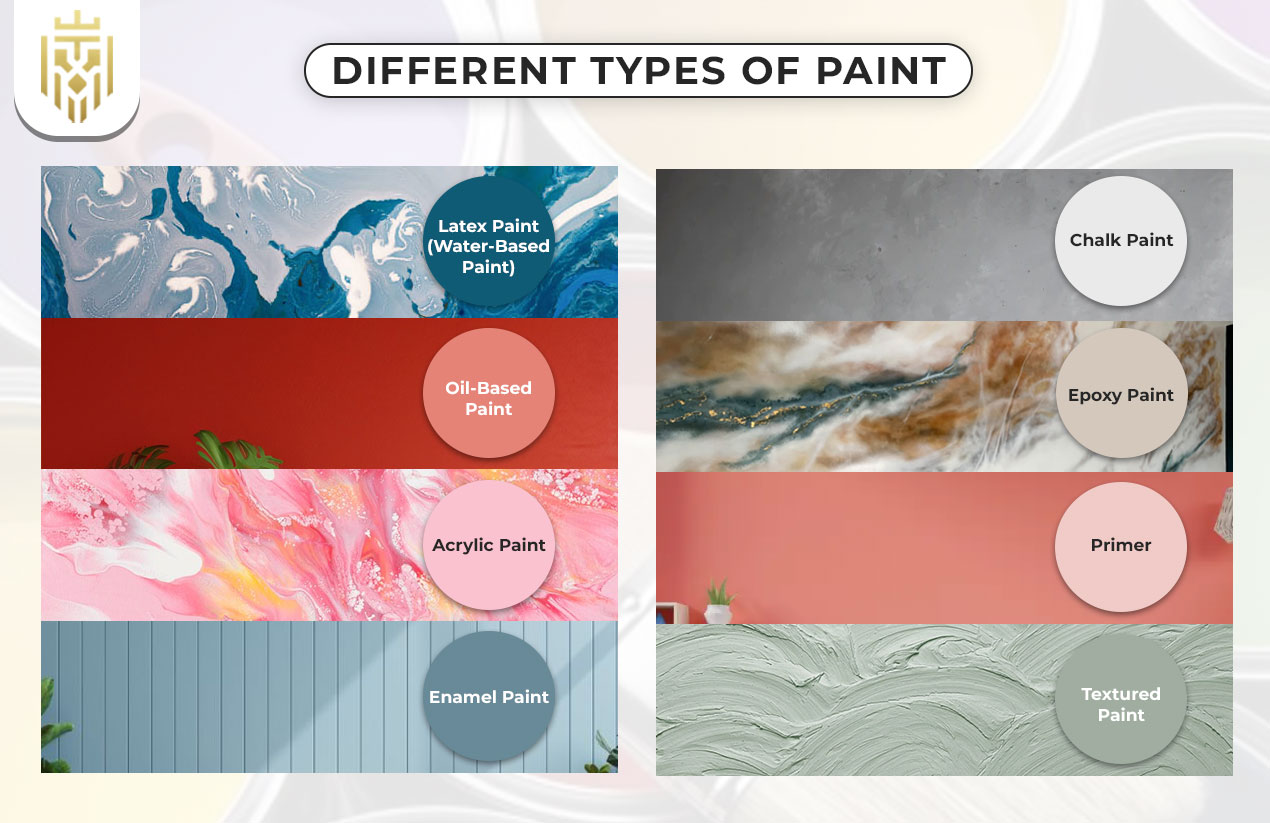
Acrylic Paint
Acrylic paint is similar to latex but contains more acrylic resins, giving it enhanced durability and adhesion.
-
Pros of Acrylic Paint
It resists fading and cracking and adheres well to wood, masonry, and metal.
-
Cons of Acrylic Paint
More expensive than standards, it might require a primer to help adhesion for some surfaces.
Enamel Paint
Enamel paint is known for its glossy, hard finish and is often used on surfaces that need a polished look.
-
Pros of Enamel Paint
Excellent durability, moisture resistance, and easy to clean: that makes it the perfect paint for kitchens, bathrooms, and furniture.
-
Cons of Enamel Paint
Application is a little difficult, plus it could yellow with time, especially under low light.
Chalk Paint
Chalk paint has a matte, chalky finish and is often used for creating a vintage or shabby-chic look.
-
Pros of Chalk Paint
Has a preference to adhere to almost any surface with little to no surface preparation and can be used to create a distressed look on furniture.
-
Cons of Chalk Paint
It adheres well to most surfaces without much prep and can give furniture a stylish, distressed appearance.
Epoxy Paint
Epoxy paint is a speciality paint used primarily on floors, particularly in garages and industrial settings.
-
Pros of Epoxy Paint
It is quite durable, resistant to chemicals, and can handle heavy traffic. It offers a sleek, professional finish.
-
Cons of Epoxy Paint
It’s more difficult to apply, as it usually requires mixing, and surface preparation is very important. Also, it takes longer for drying.
Primer
Primer isn’t a finish coat but is essential for preparing surfaces for paint.
-
Pros of Primer
It facilitates adhesion of the paint thereto, stains blocking thereof, and smoothening out the surface. Excellent surface for porous or raw, unpainted surfaces.
-
Cons of Primer
No decorative purposes can be served by it. Hence, it is one extra step to your painting project.
Textured Paint
Textured paint adds depth and dimension to walls and ceilings.
-
Pros of Textured Paint
Great for hiding imperfections, giving walls that quirky personality. It comes in all sorts of styles, also finishes.
-
Cons of Textured Paint
Difficult to apply evenly; harder to clean than a smooth finish. Touch-ups can become your nightmare!
How to Choose the Right Paint for Your Project
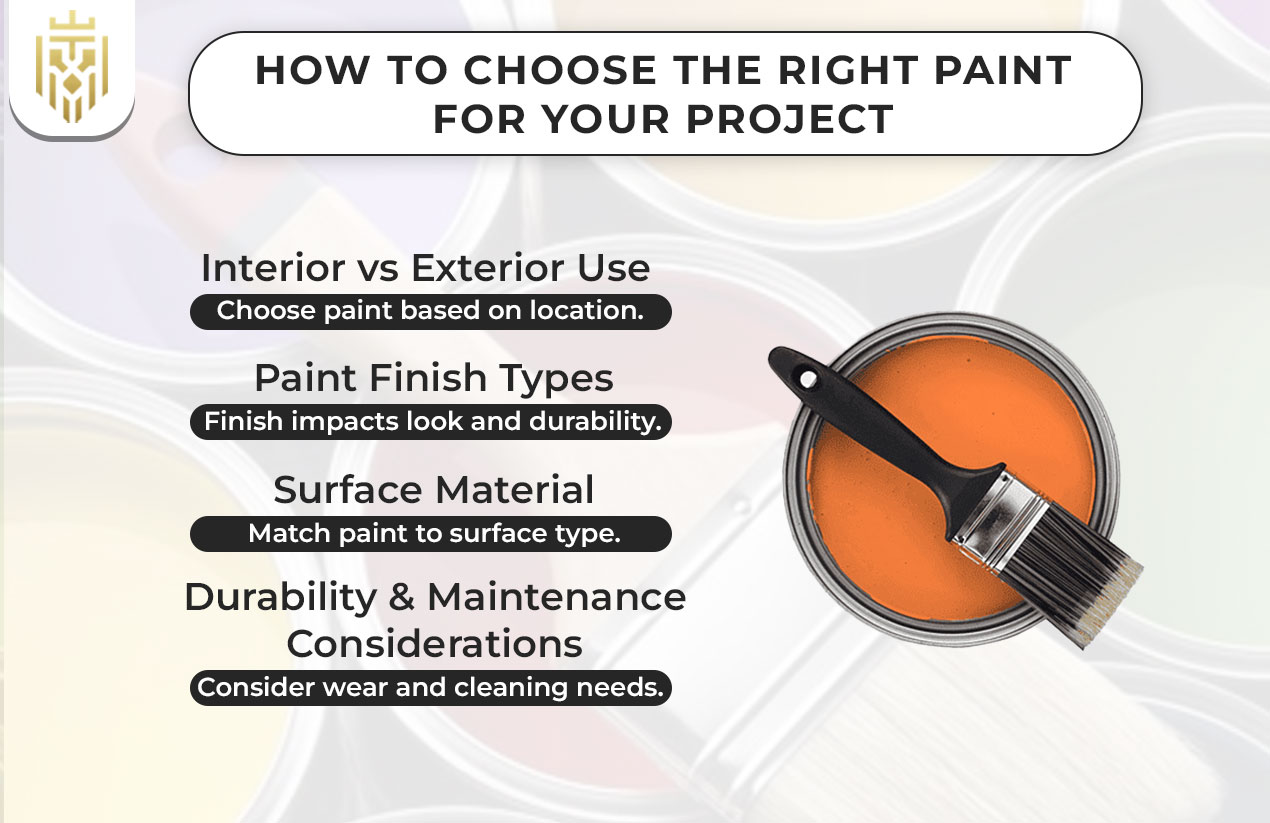
With so many options available, choosing the right paint can be overwhelming. Several key factors help narrow it down.
-
Interior vs Exterior Use
Interior paints are to deal with wear. Exterior paints, on the other hand, must resist harsh weather and exposure to UV rays. Paint should always be chosen by considering what environment the paint will face.
-
Paint Finish Types
The paint finish determines how the paint will perform and how it will look. Flat and matte finishes are good for killing glare and hiding surface imperfections, while glossier finishes help your paint stand up to washings. Gloss and semi-gloss finishes, in general, shine very well and are quite good at cleaning.
-
Surface Material
Different surfaces call for different paint formulas. You could require an enamel for metal, whereas drywall is better off with latex or acrylic.
-
Durability & Maintenance Considerations
The other thing that does come to mind is: how much wear and tear is going to be put on that painted surface? High-traffic areas will benefit from anything more durable, like an enamel or acrylic.
FAQs
1) What Are the Different Types of Paint?
The main types include latex, oil-based, acrylic, enamel, chalk, epoxy, primer, and textured.
2) What type of paint is best for cabinets?
Oil-based paint is loved for cabinets since they are durable and smooth, and enamel paint is preferred because of its durability and finish.
3) What type of paint is best for bathrooms?
For moisture resistance and easy cleaning, semi-gloss or enamel paint is used.
4) Which type of paint is the best?
The best paint depends on the surface, purpose, and location – there is no paint which fits all.
